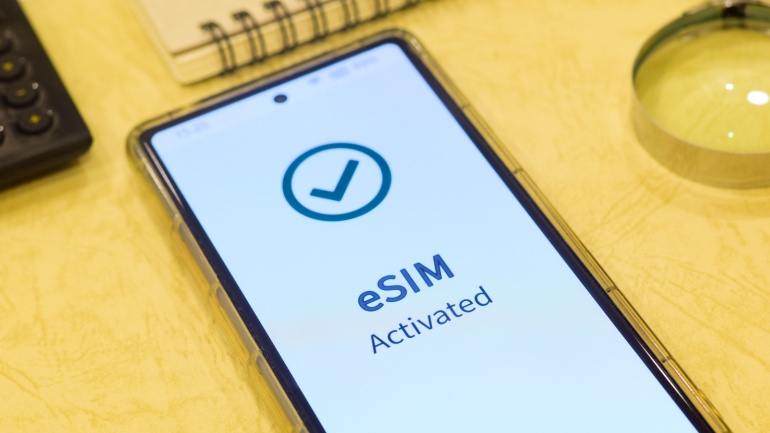The rapid adoption of embedded SIMs (eSIMs) is poised to revolutionize the cellular Internet of Things (IoT) landscape, causing significant market disruption and driving growth, according to insights from GlobalData, a leading data and analytics company.
As a virtual evolution of traditional SIM cards, eSIMs offer a host of benefits, including cost reduction, operational efficiency, and enhanced security. The subscriber identification in eSIMs is downloaded to an embedded universal integrated circuit card (eUICC), functioning as a software-based solution. A new industry standard is on the horizon, allowing for remote deployment and programming, providing flexibility for cellular operators, device manufacturers, users, or third-party eSIM managers to program devices without the need for physical SIM card replacements.
John Marcus, Senior Principal Analyst at GlobalData, notes the shifting dynamics in the cellular IoT ecosystem. He mentions that while eSIMs have been met with enthusiasm from users and device makers, mobile network operators are now embracing them, considering the new industry specification for IoT eSIM.
The advantages of eSIM adoption in IoT are diverse, including cost reduction for operators, users, and device manufacturers, diminished hardware and operational expenses, simplified installation and deployment processes, heightened flexibility, and improved security measures.
GlobalData’s forecast indicates that cellular-based solutions will continue dominating the enterprise IoT services market through 2027, growing at a 17.3% CAGR. eSIM adoption will play a significant role in this growth alongside other factors such as upgrades from 2G-3G switch-offs, 5G adoption, and private cellular connectivity.
The report highlights the GSMA’s new eSIM specification, SGP.32, tailored for IoT. This specification replaces the old M2M eSIM standard, offering simplified remote provisioning with an IoT Manager module and an embedded IoT Provisioning Assistant. The automated profile switching capabilities of SGP.32 bring advantages such as increased flexibility, longer lifespan, lower costs, and benefits for device makers, fostering global product development.
Marcus acknowledges the positive implications of automated profile switching enabled by the standard but also notes challenges, including potential increased competition for IoT service providers and a shift in control dynamics among the operator, SIM, and device. The transformative journey of eSIMs in the cellular IoT landscape is poised to bring about a paradigm shift with far-reaching consequences.







